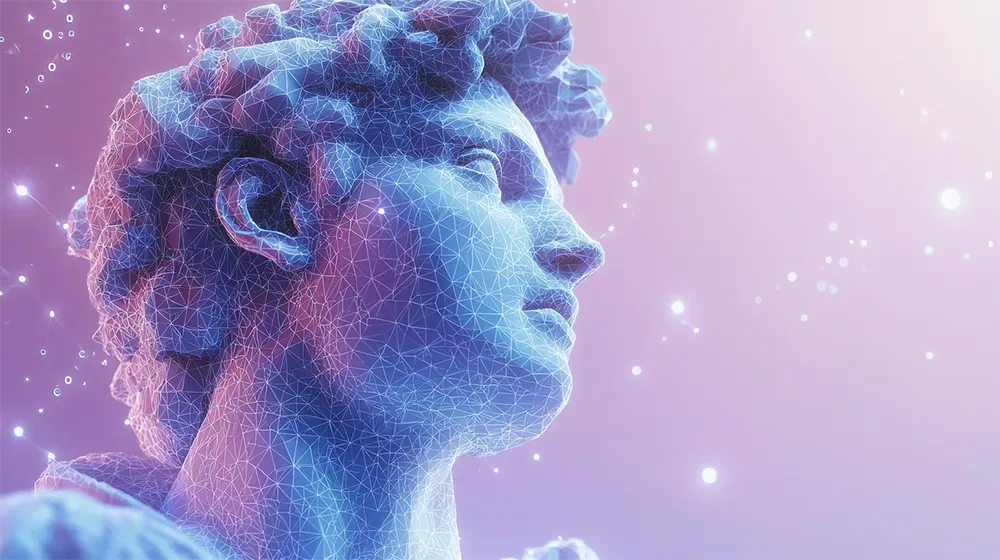2035 Vision: Ten Predictions for the Future

As we stand at the brink of 2030, poised to cross into a realm where technology reshapes every facet of human existence, we must extend our gaze further into the future. As a futurist, I take a long-term approach, so let's look ten years ahead.
By 2035, the pace of innovation will have accelerated, making today's cutting-edge technology seem quaint. In this exploration, we dive deeper into how the next fifteen years might unfold, building upon previous predictions and charting new territories.
- The Rise of Living Movies
- The Misinformation and Verification Economy
- Quantum Hegemony
- A(R) New Social Paradigm
- Preventive Genomics and Healthcare
- The New Reality of Work
- ClimateTech Goes Jetstream
- Hyper-Hyper-Personalization
- AGI, ASI, and Society
- The Convergence of Humans and Machines
The aim is to provide a comprehensive glimpse into a future where technology and society are intertwined more deeply than ever before. Join me as we journey through a meticulously crafted forecast of 2035, where the convergence of artificial intelligence, quantum computing, and augmented reality redefines our world.
1. The Rise of Living Movies

By 2035, the concept of a digital blockbuster will have evolved beyond generative AI and game engines. Entire entertainment ecosystems will be AI-driven, offering interactive, hyper-realistic, personalised plotlines where viewers influence outcomes. These "living movies" blend virtual reality, real-time AI adaptations, and user-generated content, revolutionising storytelling and viewer engagement.
For creators, Living Movies open up new vistas of storytelling. Writers and directors will evolve into experience designers, crafting initial story frameworks and setting parameters for AI to develop. This could lead to more collaborative storytelling, with audience members contributing to or even creating subplots within the broader narrative.
Living Movies will redefine the concept of celebrity and fandom. Actors might perform live in certain high-stakes scenes, blurring the lines between theatre, film, and gaming. Fans might follow specific story branches, advocating for certain outcomes over social media, which in turn influences the live development of the plot.
Living Movies will transform the landscape of entertainment, offering dynamic and immersive experiences that are more engaging and personal than anything previously available. This evolution will challenge traditional filmmaking, alter how narratives are consumed, and potentially change how we define our shared cultural experiences.
2. The Misinformation and Verification Economy

The escalation of AI-driven misinformation will create a new industry focused on digital authenticity. Blockchain and advanced cryptographic solutions will become central, offering verifiable digital provenance for media content and celebrities, significantly mitigating the risks of misinformation campaigns and creating a new battleground in information warfare.
Each piece of digital content, whether a video, image, or document, might have a cryptographic signature that records its origin, edits, and the path it has taken through the internet. This "digital provenance" could be publicly verifiable and nearly impossible to forge, making it a powerful tool against misinformation.
As AR and VR technologies become commonplace, verifying the authenticity of digital content will be critical in these immersive environments. We might see AR filters that can automatically indicate the verification status of digital content or VR platforms that only allow verified content to be uploaded, creating a safer user experience.
By 2035, AI systems will be trained to detect even the subtlest signs of digital tampering, integrated directly into digital platforms and devices.
3. Quantum Hegemony

As quantum computing matures, its impact will extend beyond breaking encryptions. Quantum algorithms will drive significant breakthroughs in materials science, drug discovery, and complex system modelling. More importantly, standard encryption will be rendered useless by 2035, as quantum computers will have cracked the code long before that.
By 2035, quantum computing will revolutionise the field of materials science, enabling the discovery and design of new materials with unprecedented speed and precision. Quantum simulations will allow scientists to model complex chemical reactions at the atomic level, developing supermaterials such as new superconductors, lighter and stronger alloys, and materials with novel properties for specific industrial applications. This will have wide-reaching implications, from renewable energy technologies to more efficient electronics and even space travel technologies. Other areas that will be disrupted by quantum computing include pharmaceuticals, climate modelling and logistics.
The race for quantum supremacy might reshape global power dynamics. Nations leading in quantum technology will gain significant advantages in security through quantum cryptography, in intelligence through advanced data analysis capabilities, and in economic sectors through superior technological prowess. This may lead to a new arms race, where quantum readiness will equate to national security and economic dominance.
4. A(R) New Social Paradigm
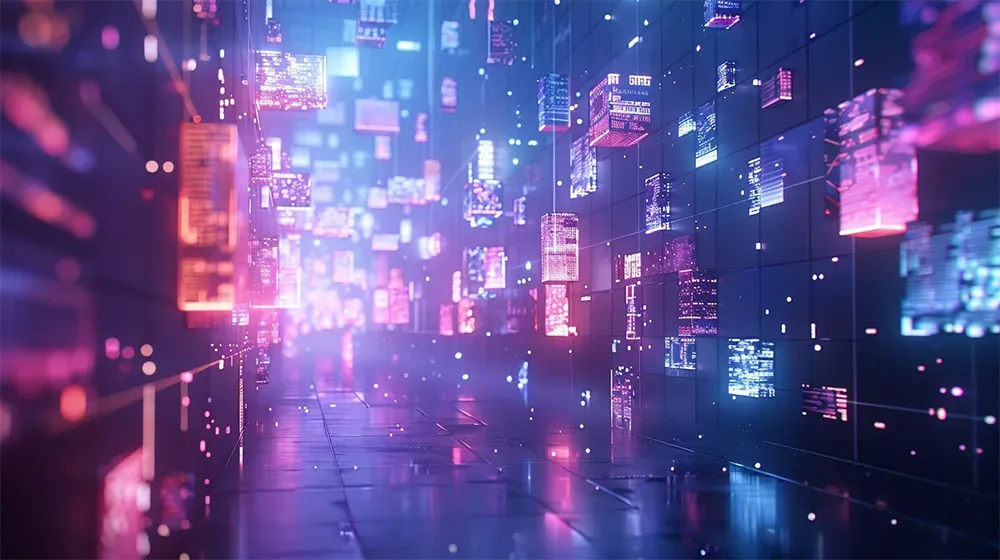
AR glasses will evolve into fully immersive AR environments by 2035, seamlessly integrating digital and physical worlds. AR is set to extend far beyond simple overlays and communication enhancements, weaving itself into the essence of daily living, governance, and interpersonal interactions. These tools will enhance human abilities, offering context-sensitive information overlays and real-time language translation, fundamentally changing global communication and interactions.
Social interactions will become predominantly augmented, allowing for rich, immersive experiences that bridge physical distances. AR will enable people to share experiences as if they were together in person, complete with sensory feedback like touch and smell. This would profoundly impact relationships, potentially reducing the emotional gap caused by physical distance.
Privacy and ethical concerns will escalate with AR permeating every aspect of life. The potential for surveillance, data misuse, and loss of personal space will require robust legal frameworks and new societal norms. Public debates will focus on balancing augmented convenience and personal privacy, influencing regulatory approaches globally.
5. Preventive Genomics and Healthcare
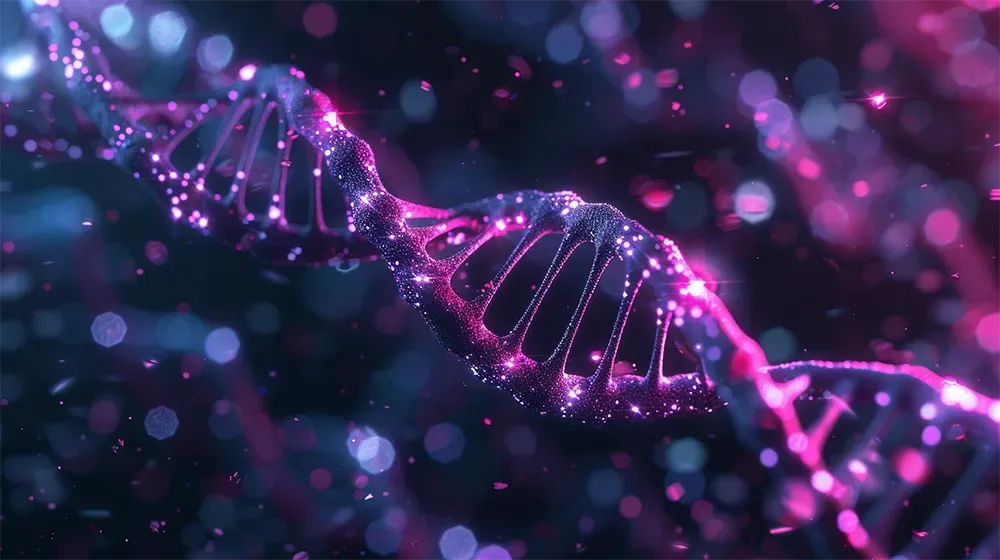
The convergence of AI, biotechnology, and genomic science will enable full-body scans and predictive genomics. By 2035, an individual’s genetic information will be used to predict the likelihood of certain diseases and prevent them through early intervention. This will involve gene editing techniques, such as CRISPR, tailored to correct predispositions before they manifest as disease.
The potential here extends to designing personalised medication and treatment plans that are optimally effective for an individual's unique genetic makeup, minimising side effects and maximising efficacy.
Advancements in nano-technology and bio-integrated sensors will enable continuous health monitoring with devices embedded under the skin or woven into the fabric of daily wear. These sensors will constantly gather data on vital signs, hormone levels, and other indicators, feeding them into AI systems that analyse the data in real time to predict and swiftly react to any signs of health issues. Using edge AI, analysis will occur on-device on on-premises, ensuring privacy and security.
Biotechnology and synthetic biology will make significant strides in regenerative medicine. Using a combination of tissue engineering and stem cell therapy, organs and tissues will be grown in lab settings and used for transplants without the risk of rejection. This will effectively eliminate organ shortages and reduce the need for long-term immunosuppression.
As biohacking becomes more sophisticated and accessible, it will challenge our traditional notions of identity and what it means to be human. With the ability to enhance physical abilities, intelligence, and emotional capacity, the distinction between natural and augmented traits will blur, raising philosophical and ethical questions about authenticity and the essence of human experience.
6. The New Reality of Work
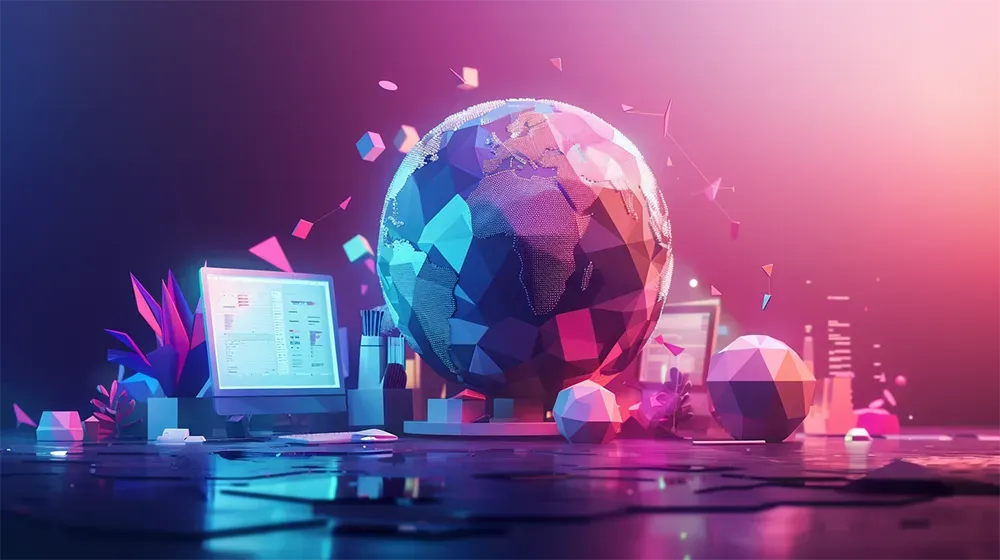
The job displacement will accelerate the emergence of the "gig economy 2.0," where highly specialised roles compete on global digital platforms that match skills with tasks. AI and AR tools will enable people to perform complex jobs remotely, redefining workplaces and worker rights.
Specialised platforms will enable professionals to compete in a global marketplace where AI efficiently matches project needs with the best-suited talents, disregarding geographical boundaries. This will encourage a more meritocratic system but also introduce challenges related to job security and the standardisation of wages across different regions.
By 2035, humanoids integrated with multimodal large language models (LLMs) will have entered various sectors, including healthcare, hospitality, retail, and more. These humanoids will perform tasks ranging from routine administrative duties to more complex customer service interactions and caregiving roles.
The widespread adoption of humanoids and AI will lead to significant job displacement. While the jobs considered at risk might initially involve repetitive or hazardous tasks, the scope will quickly expand to include roles requiring higher cognitive functions that AI and humanoids can effectively replicate. This shift will result in the disappearance of millions, potentially a billion, of jobs as AI and humanoids outperform humans in terms of cost, efficiency, and sometimes even interpersonal interactions.
7. ClimateTech Goes Jetstream

By 2035, ClimateTech will be a cornerstone of global infrastructure, integrating deeply into every facet of economic planning and urban development. Integrating advanced AI-driven climate models, quantum computing, renewable technologies, and innovative geoengineering solutions will enable more sustainable economic and urban planning and enhance our ability to adapt to and mitigate the effects of climate change.
AI-driven climate models will guide urban development, and renewable technologies like advanced solar skins and ambient-energy harvesting devices will be standard in buildings. These solar skins will be required to integrate into the very fabric of buildings, turning every surface into a solar energy harvester without compromising architectural aesthetics.
Quantum computing will revolutionise our approach to climate modelling and forecasting by providing the computational power necessary to process complex data sets and simulations much faster than current supercomputers. By 2035, quantum-enhanced models will be capable of analysing vast arrays of climate variables, improving the accuracy of long-term weather predictions and climate forecasts. This will be critical for pre-emptive planning in agriculture, water management, and disaster readiness—areas that are increasingly vulnerable to the erratic behaviours of a changing climate.
ClimateTech will require global cooperation, stringent governance, and an ethical framework to ensure that deploying these powerful technologies benefits humanity without exacerbating existing inequalities or creating new risks.
8. Hyper-Hyper-Personalisation
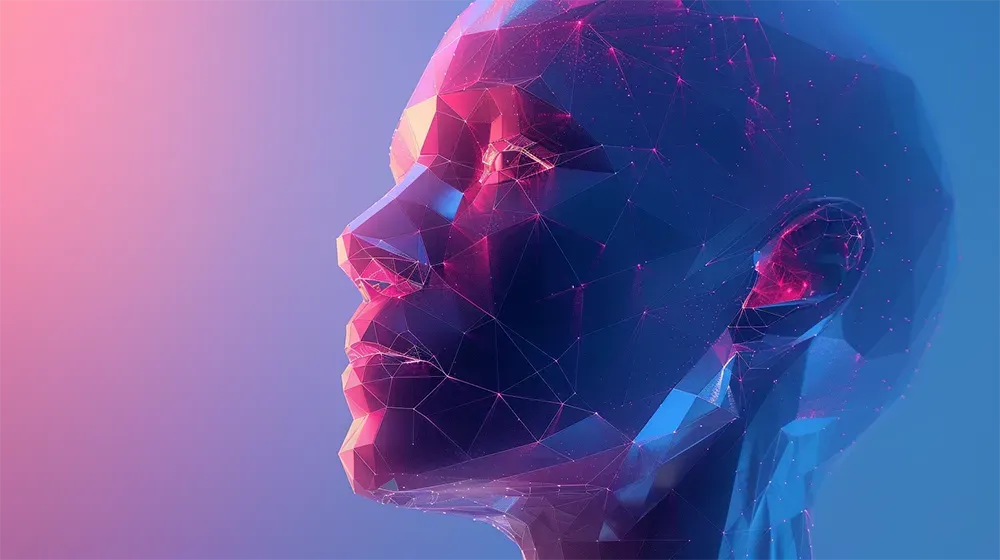
The personalisation trend will grow exponentially with AI understanding individual emotional and cognitive states, adapting digital interactions in real time. This will lead to both breakthroughs in mental health treatments and concerns over privacy and psychological manipulation.
In education, hyper-personalised AI will equalise access to knowledge. AI will act as a perpetual, infinitely patient tutor tailored precisely to each student's unique learning pace, style, and needs. AI's integration into educational systems will enable a dynamic learning experience that adapts in real-time, optimising educational outcomes based on the emotional and cognitive feedback from the student.
Combined with spatial computing, these technologies will provide immersive learning environments that enhance the educational experience, making abstract concepts tangible and engaging through visualisation. AI will guide students through these virtual spaces, offering instant feedback and personalised assistance.
In marketing, hyper-personalisation will revolutionise how brands interact with consumers. AI will understand consumer behaviour, anticipate needs, and adapt communications in real time to suit individual consumer preferences and emotional states.
By 2035, hyper-hyper-personalisation will offer profound benefits in education and marketing, provided it is managed carefully considering its ethical implications and potential risks.
9. AGI, ASI, and Society
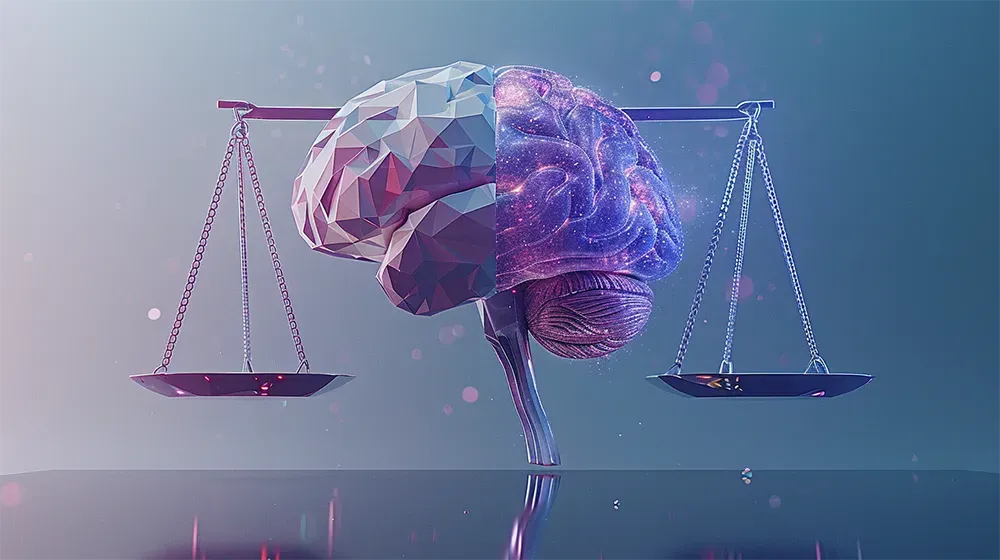
By 2035, the landscape of artificial intelligence will have profoundly transformed, marked by the development and integration of Artificial General Intelligence (AGI) and potentially Artificial Superintelligence (ASI). As these forms of AI evolve, they will be seamlessly woven into the fabric of society, necessitating robust ethical frameworks and international agreements to manage their integration and ensure equitable benefits while mitigating risks.
The powerful capabilities of AGI and ASI also come with risks, particularly the potential for their use by bad actors to create disruption. To combat this, defensive AI technologies will be developed to counteract malicious AI activities. This will result in scenarios where AI systems are designed to defend against other AI systems, leading to complex security dynamics.
As AI systems become more integrated into daily life, how humans interact with technology and each other will evolve. AGI will enable more natural and intuitive human-machine interactions, reshaping social dynamics and communication patterns.
10. The Convergence of Humans and Machines
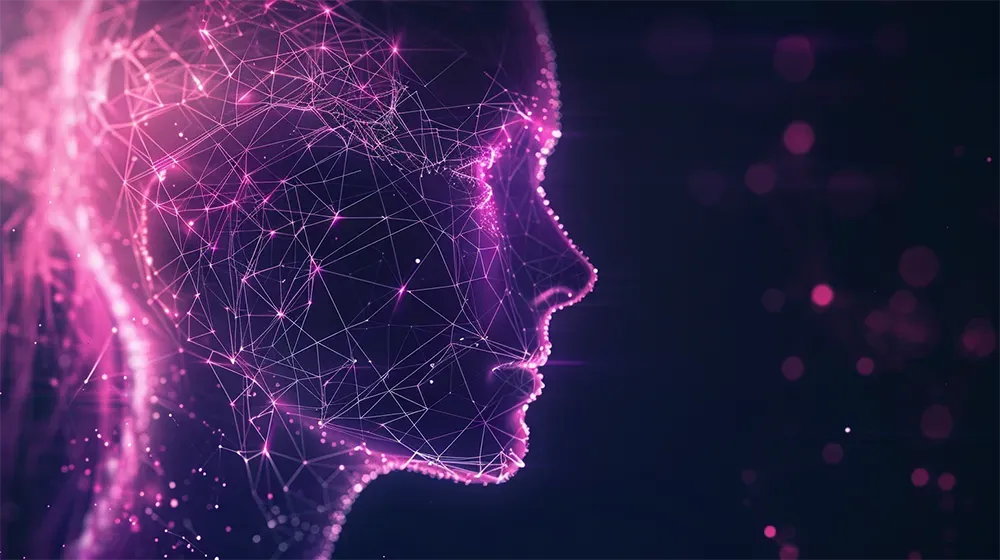
By 2035, the convergence of humans and machines through brain-computer interfaces (BCIs) will revolutionise various facets of our daily lives, including communication, internet experiences, work, and entertainment. This transformation will be driven by advancements in both internal and wearable BCI technologies, profoundly impacting our interaction with the digital world and enhancing our cognitive capabilities.
BCIs will enable direct thought-to-thought communication, bypassing traditional spoken or written mediums. This will lead to more efficient and precise exchanges of ideas, especially in fields requiring high levels of collaboration and creativity.
In the realm of entertainment, especially gaming, BCIs will enable players to control game elements through thought alone, offering an unprecedented level of immersion. This will also extend to virtual reality (VR) and augmented reality (AR), where BCIs make these experiences more interactive and responsive to the user’s mental and emotional states.
The continued evolution of BCI technology promises to blur the lines between human cognition and artificial intelligence, enhancing our abilities and reshaping our world in profound ways. The challenge will be to navigate this new frontier responsibly, ensuring that BCI technologies are developed and implemented to benefit society while safeguarding individual rights and dignity.
Shaping the Transformative Future

By 2035, the interplay between human creativity and technological capability will have blurred the lines between physical and digital realities. The challenge will be in harnessing these advancements for equitable societal benefits, navigating ethical dilemmas, and ensuring that technology amplifies human potential without compromising human values. The journey ahead promises to be as exciting as it is unpredictable.
Looking towards 2035, the interplay between humanity and technology will have crafted a world rich in complexity and opportunity. While the predictions outlined above provide a glimpse into potential futures, they also serve as a call to action for today's innovators, policymakers, and thinkers.
The challenge will be in harnessing these advancements for equitable societal benefits, navigating ethical dilemmas, and ensuring that technology amplifies human potential without compromising human values. The journey ahead promises to be as exciting as it is unpredictable.
As we forge paths through uncharted technological landscapes, let us strive to harness these advances for the greater good, ensuring that technology transforms and enhances the human condition.
Images: Midjourney





